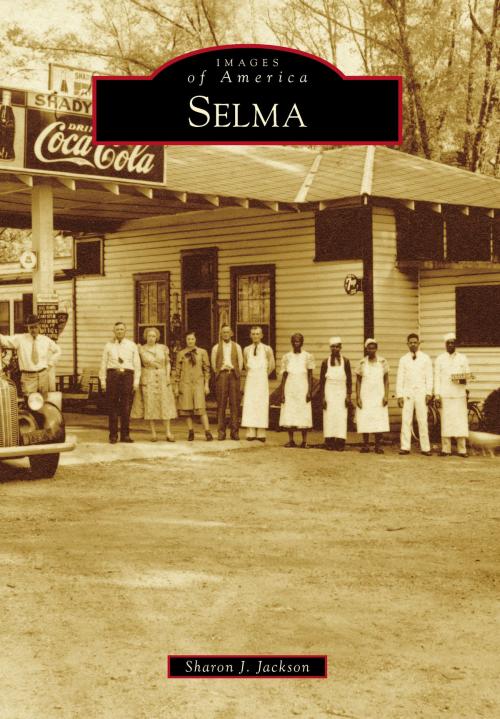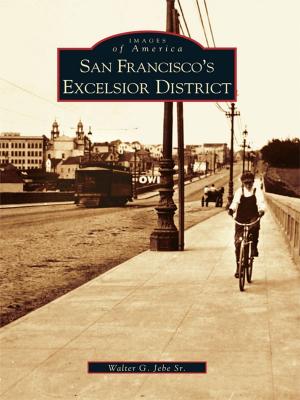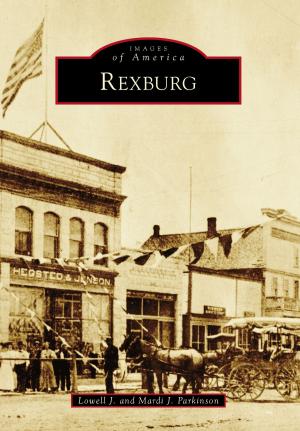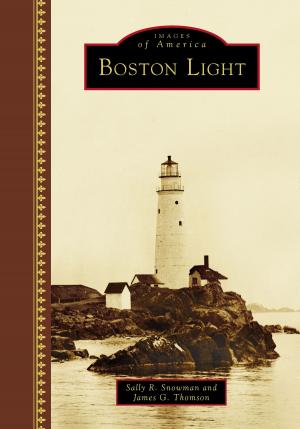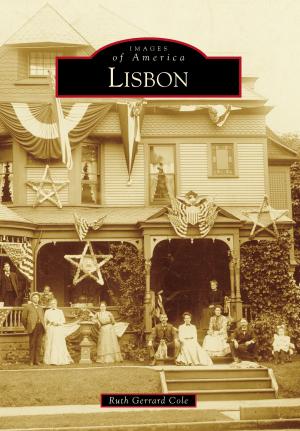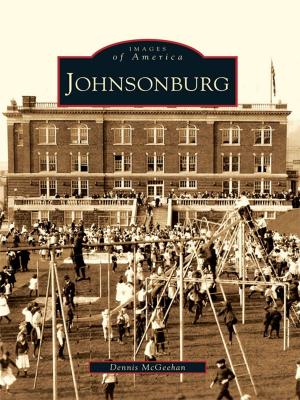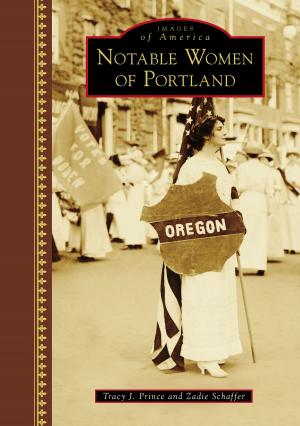| Author: | Sharon J. Jackson | ISBN: | 9781439648216 |
| Publisher: | Arcadia Publishing Inc. | Publication: | November 3, 2014 |
| Imprint: | Arcadia Publishing | Language: | English |
| Author: | Sharon J. Jackson |
| ISBN: | 9781439648216 |
| Publisher: | Arcadia Publishing Inc. |
| Publication: | November 3, 2014 |
| Imprint: | Arcadia Publishing |
| Language: | English |
On April 2, 1865, one of the last battles of the Civil War destroyed nearly three-fourths of Selma and effected tremendous change in the lives of its people. At the war�s beginning, Selma became a transportation center and one of the main manufacturing centers supporting the South�s war effort. Its foundries produced much-needed supplies and munitions, and its naval yard constructed Confederate warships. A century later, Selma again became the scene of a dramatic struggle when it served as the focal point of the voting-rights movement. On Sunday, March 7, 1965, approximately 600 marchers set out from Brown Chapel A.M.E. Church on US Highway 80, headed for Montgomery to petition the state legislature for reforms in the voter-registration process. They were met six blocks outside of town at the Edmund Pettus Bridge by state and local law enforcement and were turned back with Billy clubs and tear gas�the day became known as �Bloody Sunday.� On March 25, after much discussion and a court injunction, some 25,000 marchers finally crossed the Edmund Pettus Bridge on their way to Montgomery.
On April 2, 1865, one of the last battles of the Civil War destroyed nearly three-fourths of Selma and effected tremendous change in the lives of its people. At the war�s beginning, Selma became a transportation center and one of the main manufacturing centers supporting the South�s war effort. Its foundries produced much-needed supplies and munitions, and its naval yard constructed Confederate warships. A century later, Selma again became the scene of a dramatic struggle when it served as the focal point of the voting-rights movement. On Sunday, March 7, 1965, approximately 600 marchers set out from Brown Chapel A.M.E. Church on US Highway 80, headed for Montgomery to petition the state legislature for reforms in the voter-registration process. They were met six blocks outside of town at the Edmund Pettus Bridge by state and local law enforcement and were turned back with Billy clubs and tear gas�the day became known as �Bloody Sunday.� On March 25, after much discussion and a court injunction, some 25,000 marchers finally crossed the Edmund Pettus Bridge on their way to Montgomery.
